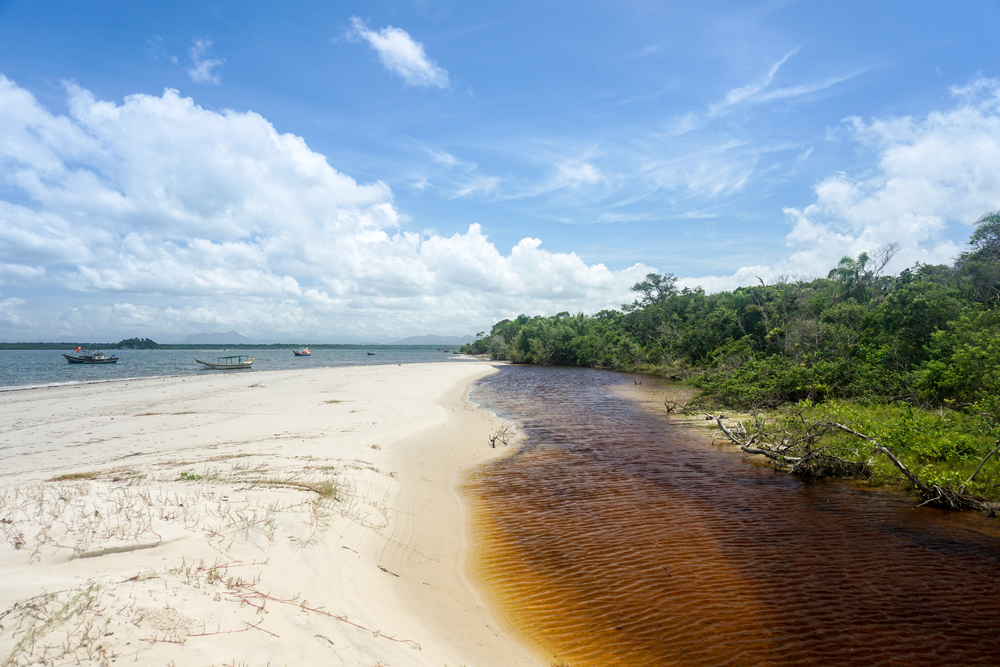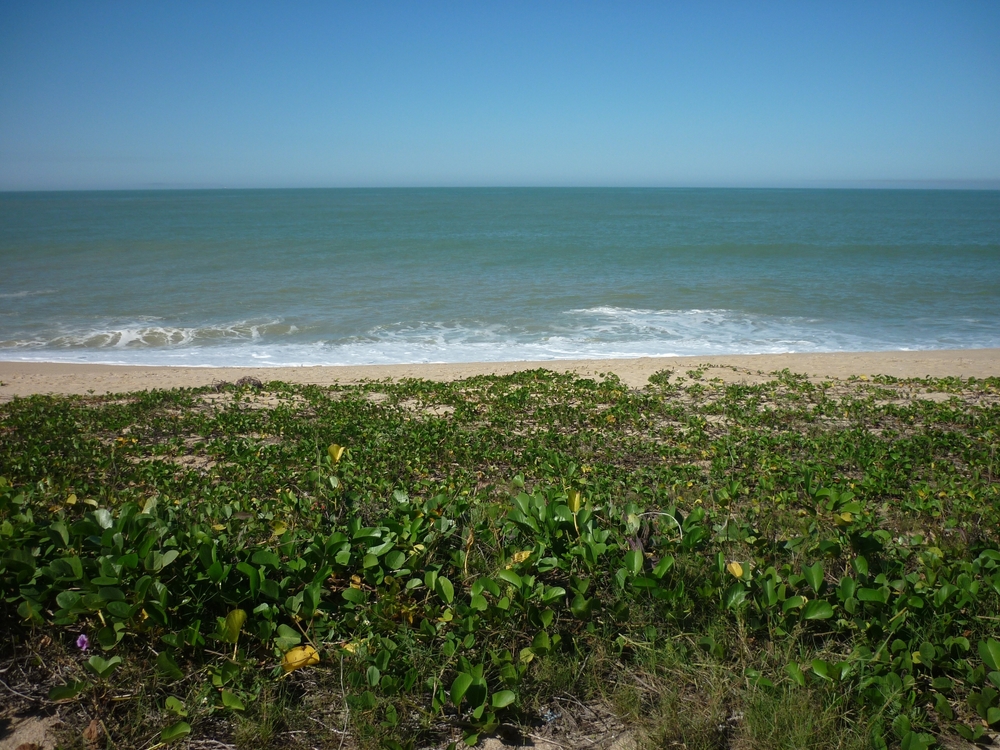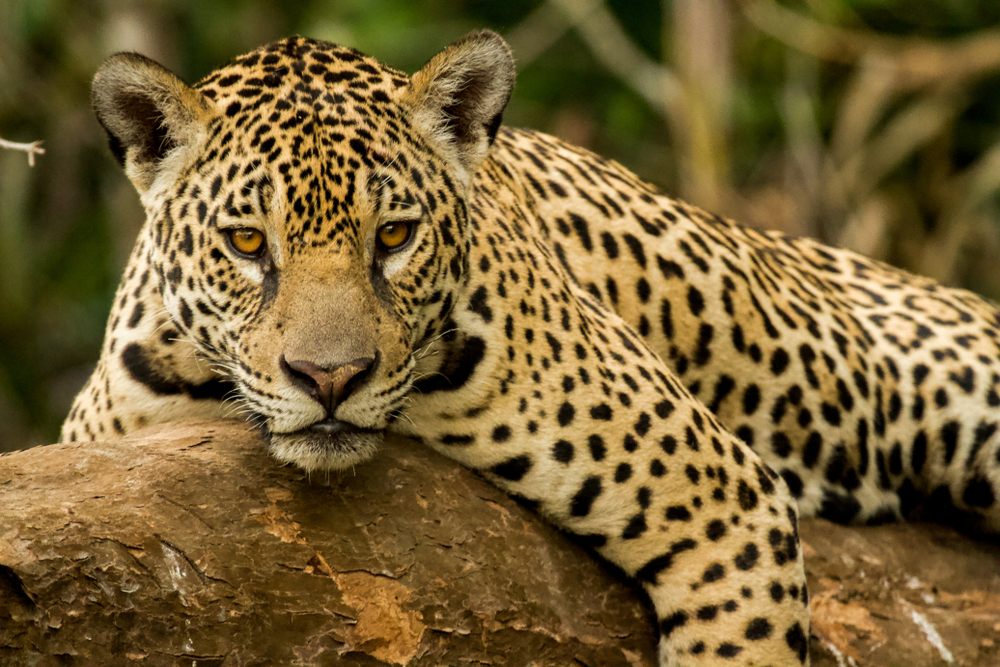Serra do Pardo Overview
Serra do Pardo National Park, known locally as Parque Nacional da Serra do Pardo, is located in the state of Pará in northern Brazil. Encompassing an area of approximately 1,742 square miles (4,510 square kilometers), it lies within the Amazon biome and is part of the greater Xingu region, which is recognized for its high levels of biodiversity and cultural richness.
This vast protected area was established to safeguard the unique ecosystems of the Brazilian Amazon and to serve as a buffer against deforestation and illegal development in one of the world’s most ecologically significant regions.
The terrain of Serra do Pardo National Park is characterized by a mix of rugged escarpments, rolling plateaus, and deep valleys. The park is dominated by the Serra do Pardo mountain range, from which it takes its name, and features dramatic rocky outcrops, forested slopes, and hidden waterfalls that descend into rivers and creeks.
Among these waterways, the Pardo River and its tributaries cut through the park, creating aquatic corridors rich in life. Vegetation within the park includes dense terra firme rainforest, open savannas, and transitional forest zones. Some areas contain dry forest patches known as “campinarana,” adding to the park’s botanical variety.
The park hosts a remarkable diversity of wildlife, with many species endemic to the region or considered threatened. Mammals such as the jaguar, giant anteater, South American tapir, and white-lipped peccary roam through the dense foliage. Arboreal species like howler monkeys and capuchins can often be heard or seen in the canopy.
Birdwatchers will find Serra do Pardo an exceptional destination, as it supports vibrant birdlife including harpy eagles, scarlet macaws, and the rare dark-winged trumpeter. The area’s variety of ecosystems provides critical habitats for both resident and migratory species, making it a stronghold of Amazonian fauna.
Popular features of the park include its panoramic mountain viewpoints, secluded waterfalls, and remote river beaches, which are prized for their untouched natural beauty. These elements make it appealing for ecotourism and scientific exploration, although the park remains relatively unknown compared to more accessible Amazonian reserves.
The remoteness of the area means that tourism is still developing, and visitors often arrive with the help of guided expeditions or organized research teams.
Visitors can experience the park primarily through guided hikes, wildlife observation, and river excursions. Birdwatching tours and scientific expeditions are also common ways to engage with the park, especially since access is limited and infrastructure is minimal to preserve its ecological integrity. The park serves as a living laboratory for researchers studying Amazonian ecosystems and conservation methods.
Serra do Pardo faces ongoing conservation challenges, including threats from illegal logging, unregulated mining, and agricultural encroachment. However, its establishment has marked a significant success in Brazil’s broader Amazon conservation strategy.
Management efforts have improved since the park’s creation, with surveillance programs, collaboration with Indigenous communities, and increasing involvement from conservation organizations working to protect its ecosystems. Continued investment in sustainable management and enforcement is key to ensuring the park’s ecological future.



















































































